Search
 Coltura Promiscua inFrance
Coltura Promiscua inFranceResearch & upload: Bénédicte Gaillard: The entries are still in process, the e-atlas is still under development.
This technique is known since the Antiquity.
[Read more]The entries are still in process, the e-atlas is still under development
Dehesas always existed but are now tremendously diminishing and are being replaced. This evolution is mainly due to the increase of intensive agriculture, to the development of enclosed fields and to the high level or urbanisation.
[Read more] Delta landscapes inFrance
Delta landscapes inFranceThe entries are still in process, the e-atlas is still under development
The Delta du Rhône was formed 10.000 years ago by the penetration and decline of the sea and the edification of sandy spits.
[Read more]Research: Goran Andlar, Filip Šrajer; upload: Bénédicte Gaillard.
[Read more]
 Enclosed land inCzech Republic
Enclosed land inCzech RepublicResearch: Zdeněk Kučera; upload: Bénédicte Gaillard: The entries are still in process
In broad definition = landscapes partitioned by stonewalls and balks in a more or less regular pattern
[Read more]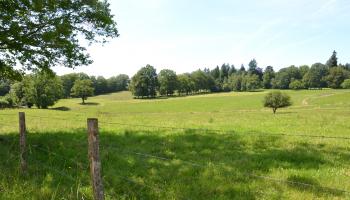 Enclosed land inFrance
Enclosed land inFranceResearch: Alexandra Kruse & Bénédicte Gaillard; upload: Bénédicte Gaillard. The entries are still in progress.
[Read more]
 Enclosed land inGermany
Enclosed land inGermanyResearch: Alexandra Kruse & Michael Roth; upload: Bénédicte Gaillard. The entries are still in process.
[Read more]
 Enclosed land inGreece
Enclosed land inGreeceThe entries are still in process, the e-atlas is still under development
[Read more]Research: Viviana Ferrario, Maurizia Sigura et al.; upload: Bénédicte Gaillard. The entries are still in process.
[Read more]
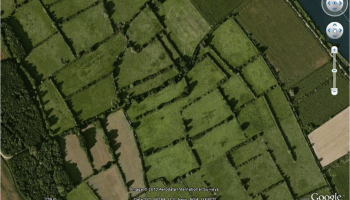 Enclosed land inNetherlands
Enclosed land inNetherlandsResearch: Hans Renes; upload: Bénédicte Gaillard. The entries are still in process.
[Read more] Enclosed land inNorway
Enclosed land inNorwayResearch: Sebastian Eiter, Oskar Puschmann et al, NIBIO Norwegian Institute of Bioeconomy Research; upload: Bénédicte Gaillard
[Read more]
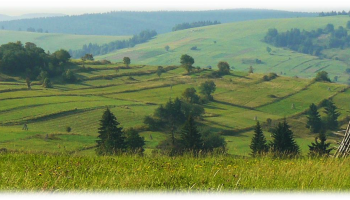 Enclosed land inSlovakia
Enclosed land inSlovakiaResearch: Martina Slámová, Jana Špulerová, Marta Dobrovodská, Dagmar Štefunková; upload: Bénédicte Gaillard. The entries are still in process.
[Read more]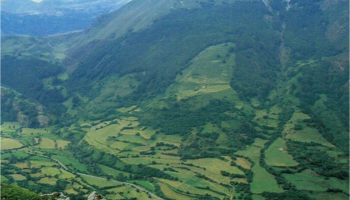 Enclosed land inSpain
Enclosed land inSpainThe entries are still in process, the e-atlas is still under development
Second half of the 14th century: reference of semi-openfields in Mondoñedo (Galicia)
First reference in XVIII century (Bouhier, 1979)
Boom: XIX and first half of XX century
After 1950s: Intensive systems
1960s: Breaking-up with traditional farming
1970s: Agricultural policy
1980s: Expansion of forestry
1986: Spain joins EU: milk and meat production development
 Enclosed land inUnited Kingdom
Enclosed land inUnited KingdomThe entries are still in process, the e-atlas is still under development
[Read more]
The entries are still in process, the e-atlas is still under development
It started around the year 1000 after JC.
[Read more]Research & upload: Bénédicte Gaillard. The entries are still in process.
The Neolithic Revolution leading from nomadic to sedentary lifestyle has engendered an evolution from hunter-gatherer to sheep and cattle breeding, the cultivation of wheat and barley grains, on the territory of France around the 5th Century before JC. From this period on man works and plough the soil.
[Read more]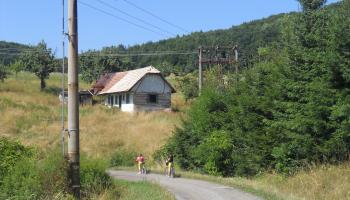 Farmland inSlovakia
Farmland inSlovakiaResearch: Martina Slámová, Jana Špulerová, Marta Dobrovodská, Dagmar Štefunková; upload: Bénédicte Gaillard. The entries are still in process.
[Read more]
 Hay making structures inFrance
Hay making structures inFranceResearch: Alexandra Kruse & Bénédicte Gaillar; upload: Bénédicte Gaillard. The entries are still in process.
[Read more]
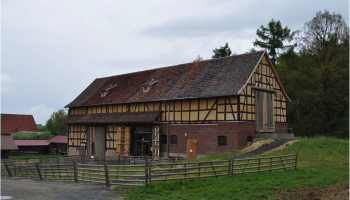 Hay making structures inGermany
Hay making structures inGermanyResearch: Alexandra Kruse; upload: Bénédicte Gaillard. The entries are still in process.
[Read more]
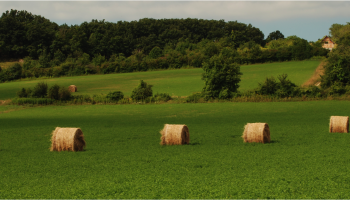 Hay making structures inHungary
Hay making structures inHungaryResearch: Csaba Centeri; upload: Bénédicte Gaillard. The entries are still in process.
[Read more]Research: Viviana Ferrario & Maurizia Sigura; upload: Bénédicte Gaillard. The entries are still in process.
[Read more] Hay making structures inNetherlands
Hay making structures inNetherlandsResearch: Hans Renes & Suzan Jurgens; upload: Bénédicte Gaillard. The entries are still in process.
[Read more]Research: Sebastian Eiter, Oskar Puschmann et al., NIBIO Norwegian Institute of Bioeconomy Research; upload: Bénédicte Gaillard
[Read more]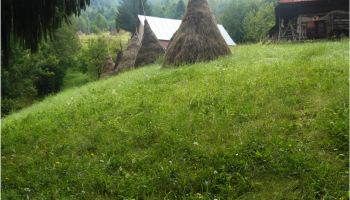 Hay making structures inSlovakia
Hay making structures inSlovakiaResearch: Martina Slámová, Jana Špulerová, Marta Dobrovodská, Dagmar Štefunková; upload: Bénédicte Gaillard. The entries are still in process.
[Read more]
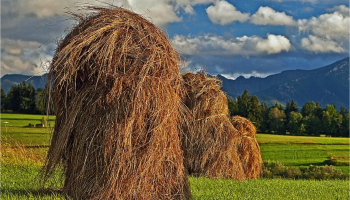 Hay making structures inSlovenia
Hay making structures inSloveniaResearch: Drago Kladnik et al. Anton Melik Geographical Institute ZRC SAZU; upload: Bénédicte Gaillard. The entries are still in process
Dr. Anton Melik was the first researcher of hayracks. He describes the development of hayracks with following words:
[Read more]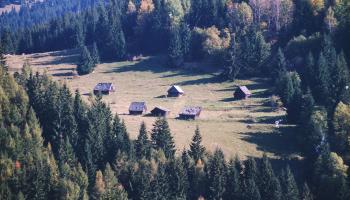 Highlands inSlovakia
Highlands inSlovakiaThe entries are still in process, the e-atlas is still under development
[Read more]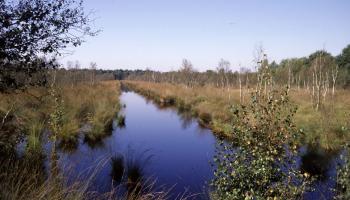 Moorland inGermany
Moorland inGermanyThe entries are still in process, further information will be added later
[Read more]Research: Zdeněk Kučera; upload: Bénédicte Gaillard. Entries in progress.
complex issue
18th century when planting of fruit trees at arable land took place
[Read more]Some writings about orchards in France dating from the 16th Century have been found.
[Read more]Research: Alexandra Kruse & Michael Roth; upload: Bénédicte Gaillard. Entries in progress
[Read more]Research: Hans Renes; upload: Bénédicte Gaillard. Entries still in progress.
[Read more]Research: Martina Slámová, Jana Špulerová, Marta Dobrovodská, Dagmar Štefunková; upload: Bénédicte Gaillard. The entries are still in process.
[Read more]
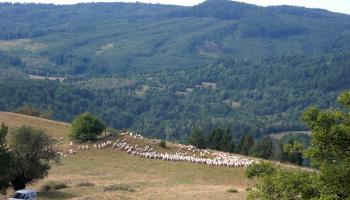 Pasture inSlovakia
Pasture inSlovakiaResearch: Martina Slámová, Jana Špulerová, Marta Dobrovodská, Dagmar Štefunková; upload: Bénédicte Gaillard.
[Read more] Terraced landscapes inCroatia
Terraced landscapes inCroatiaResearch: Goran Andlar, Filip Šrajer et al.; upload: Bénédicte Gaillard. The entries are still in process
[Read more]Research: Alexandra Kruse & Bénédicte Gaillard; Upload: Bénédicte Gaillard. The entries are still in process
Artificial terraced landscape date back early and historical findings prove wine cultivation at the rivers through Romans. They already used prepared terraces for the cultivation.
[Read more]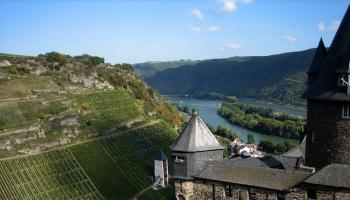 Terraced landscapes inGermany
Terraced landscapes inGermanyResearch & Upload: Alexandra Kruse. The entries are still in process
[Read more]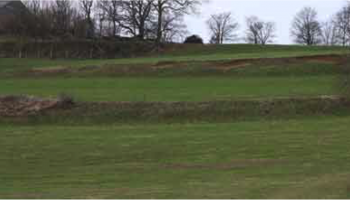 Terraced landscapes inNetherlands
Terraced landscapes inNetherlandsResearch: Hans Renes; Upload: Bénédicte Gaillard. The entries are still in process
[Read more]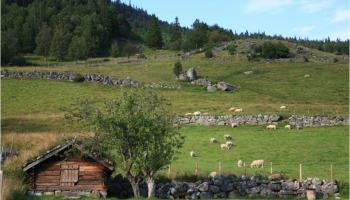 Terraced landscapes inNorway
Terraced landscapes inNorwayResearch: NIBIO, Sebastian Eiter, Oskar Puschmann et al; upload: Bénédicte Gaillard. The entries are still in process, the e-atlas is still under development
[Read more]
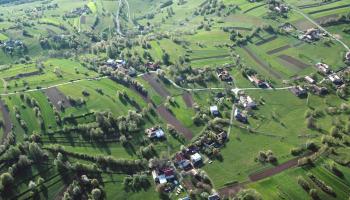 Terraced landscapes inSlovakia
Terraced landscapes inSlovakiaResearch: Martina Slámová, Jana Špulerová, Marta Dobrovodská, Dagmar Štefunková; upload: Bénédicte Gaillard.
[Read more]
Research: Drago Kladnik et al. Anton Melik Geographical Institute ZRC SAZU & Slovenian Academy of Sciences and Arts; upload: Bénédicte Gaillard. The entries are still in process
[Read more] Terraced landscapes inSpain
Terraced landscapes inSpainResearch: Padoc Research Group Universidad Politécnica de Madrid; upload: Bénédicte Gaillard. The entries are still in process
[Read more]Research: Della Hooke; upload: Bénédicte Gaillard. The entries are still in process.
[Read more]
 Vineyards inSlovakia
Vineyards inSlovakiaThe entries are still in process, the e-atlas is still under development
[Read more]Research: Zdeněk Kučera; upload: Bénédicte Gaillard: The entries are still in process
[Read more]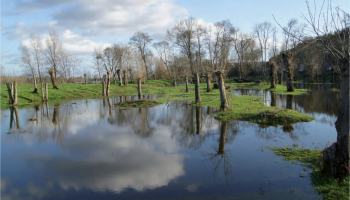 Water grasslands inFrance
Water grasslands inFranceResearch: Bénédicte Gaillard & Alexandra Kruse; upload: Bénédicte Gaillard: The entries are still in process
[Read more]
Research: Alexandra Kruse & Michael Roth; upload: Bénédicte Gaillard: The entries are still in process
[Read more]Research: NIBIO, Sebastian Eiter, Oskar Puschmann et al.; upload: Bénédicte Gaillard: The entries are still in process
[Read more]
Research: Martina Slámová, Jana Špulerová et al; upload: Bénédicte Gaillard: The entries are still in process
[Read more] Wooded grasslands inFrance
Wooded grasslands inFranceResearch: Yves Michelin et al, Alexandra Kruse, Bénédicte Gaillard; upload: Bénédicte Gaillard: The entries are still under process.
[Read more]
 Wooded grasslands inGermany
Wooded grasslands inGermanyResearch: Alexandra Kruse, Michael Roth, Johannes Dreer; upload: Bénédicte Gaillard: The entries are still in process
Since stone age is known that people have eaten fruits.
highest importance in Germany: 19th and 20th cent.
[Read more] Wooded grasslands inItaly
Wooded grasslands inItalyResearch: Antonio Santoro, Mauro Agnoletti, Francesca Emanueli, Maurizia Sigura, upload: Bénédicte Gaillard. The entries are still in process
[Read more]
Research: Hans Renes; upload: Bénédicte Gaillard. The entries are still in process
[Read more] Wooded grasslands inNorway
Wooded grasslands inNorwayResearch: Sebastian Eiter & Julia Kapfer, NIBIO Norwegian Institute of Bioeconomy Research; upload: Bénédicte Gaillard
How/why/by whom was it created? Describe the genesis (history) of that landscape in your country. E.g.
[Read more] Wooded grasslands inSlovakia
Wooded grasslands inSlovakiaResearch: Martina Slámová, Jana Špulerová, Marta Dobrovodská, Dagmar Štefunková; upload: Bénédicte Gaillard.
[Read more]








